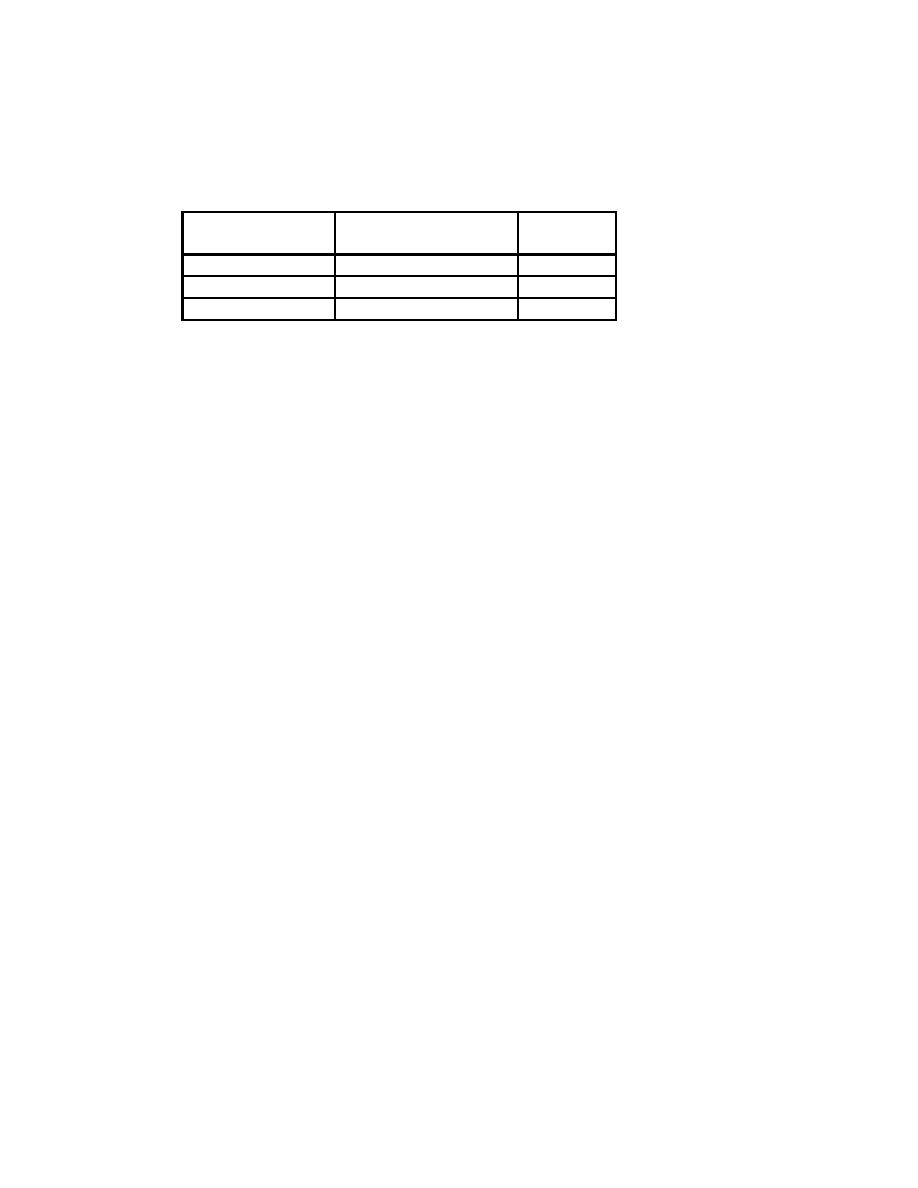 |
|||
|
|
|||
|
Page Title:
Landing With Wind Gradient Or Wind Shear |
|
||
| ||||||||||
|
|  T-39 FLIGHT PREPARATION
STUDENT GUIDE
surface conditions. Some airfields report runway braking characteristics in accordance with
ICAO documents, that is "good", "medium", and "poor". In order to relate these ICAO
categories to an RCR or when RCR values are not available, the following relationship will
be used.
RUNWAY
ICAO REPORT
RCR
CONDITION
Dry
Good
23
Wet
Medium
12
Icy
Poor
05
b. Landing With Wind Gradient Or Wind Shear.
Wind velocity is generally higher a short distance above the runway than it is on the
runway itself. Entering this wind gradient during the landing approach could result in a
change in airspeed which requires correction.
When landing with a headwind, more thrust is required to maintain a desired glide path
than is necessary with no wind. Also, the decreasing magnitude of the headwind in the
gradient can cause a decrease in airspeed which has to be counteracted with the use of
additional thrust to prevent a possible short landing. With a tailwind during the landing
approach, the proper glide slope is maintained with a lower thrust setting, and since the
magnitude of the tailwind is decreasing during penetration of the wind gradient, airspeed may
have a tendency to increase, requiring a reduction in thrust. If these corrective measures are
not taken, there is a possibility of over-shooting the runway, necessitating a go-around.
The effect of crosswind will also be considered during the landing approach. As the
aircraft approaches the runway, less correction for crosswind may be required to maintain the
proper flight path.
The degree of corrective action necessary during an approach is dependent upon the
severity of the wind gradient. With a sharp gradient, the change in airspeed could be very
rapid, requiring an immediate correction. The combination of wind gradient, plus wind that
is intermittent or variable in direction and/or speed, requires caution always be exercised
during the landing approach. The corrections below summarize landing data corrections
required due to wind effects.
c. Wind Corrections
Accounting for wind in planning the landing requires the wind direction and speed be
known. The headwind (or tailwind) and crosswind components can then be determined using
the TAKE-OFF AND LANDING CROSSWIND chart in the PCL.
G-8
|
|
Privacy Statement - Press Release - Copyright Information. - Contact Us |